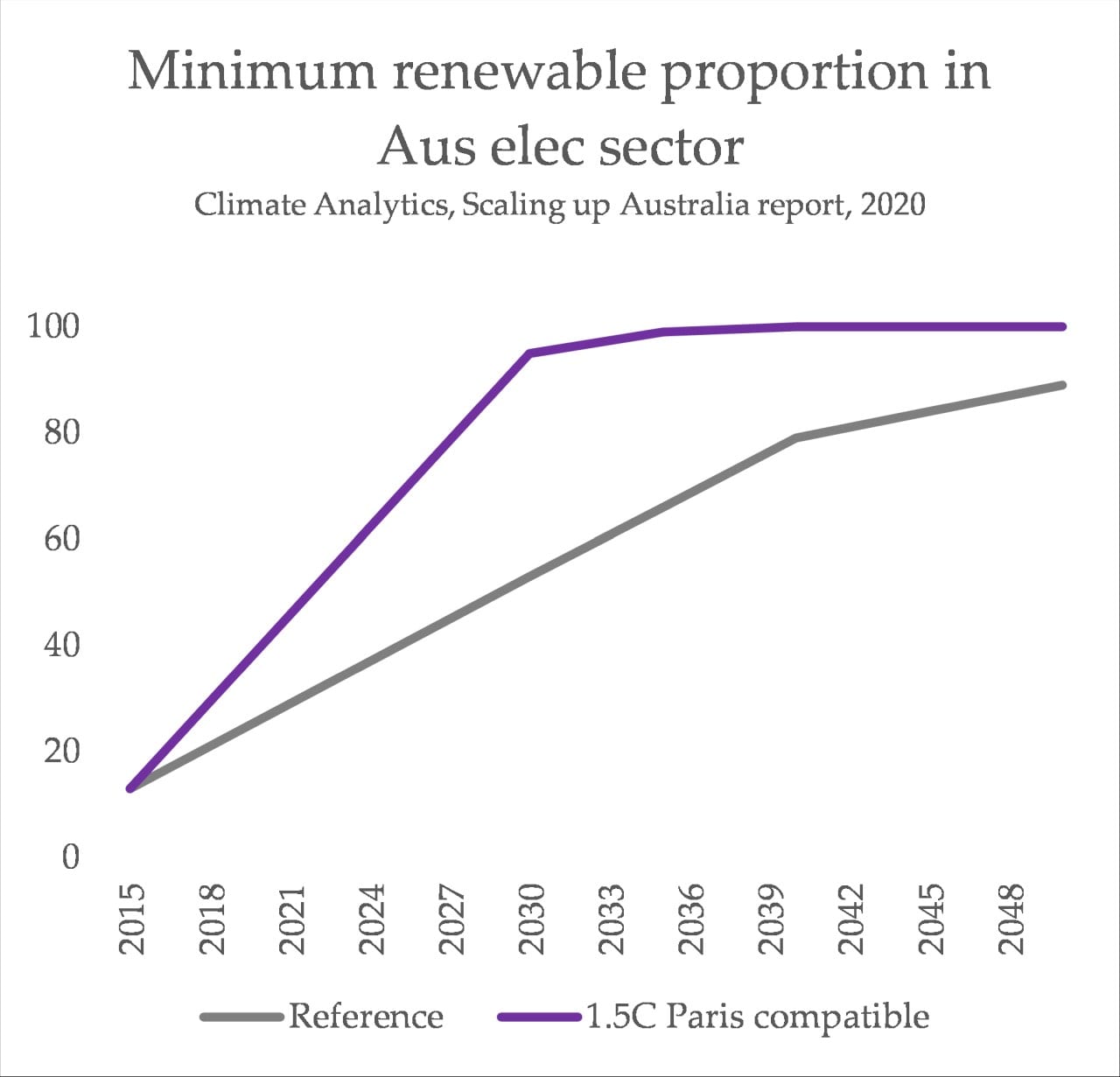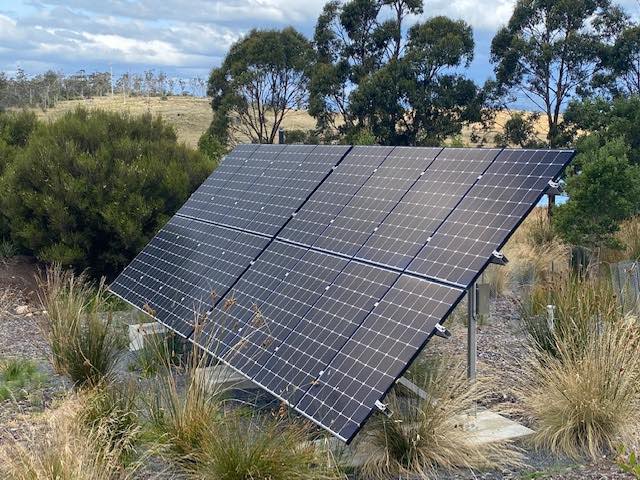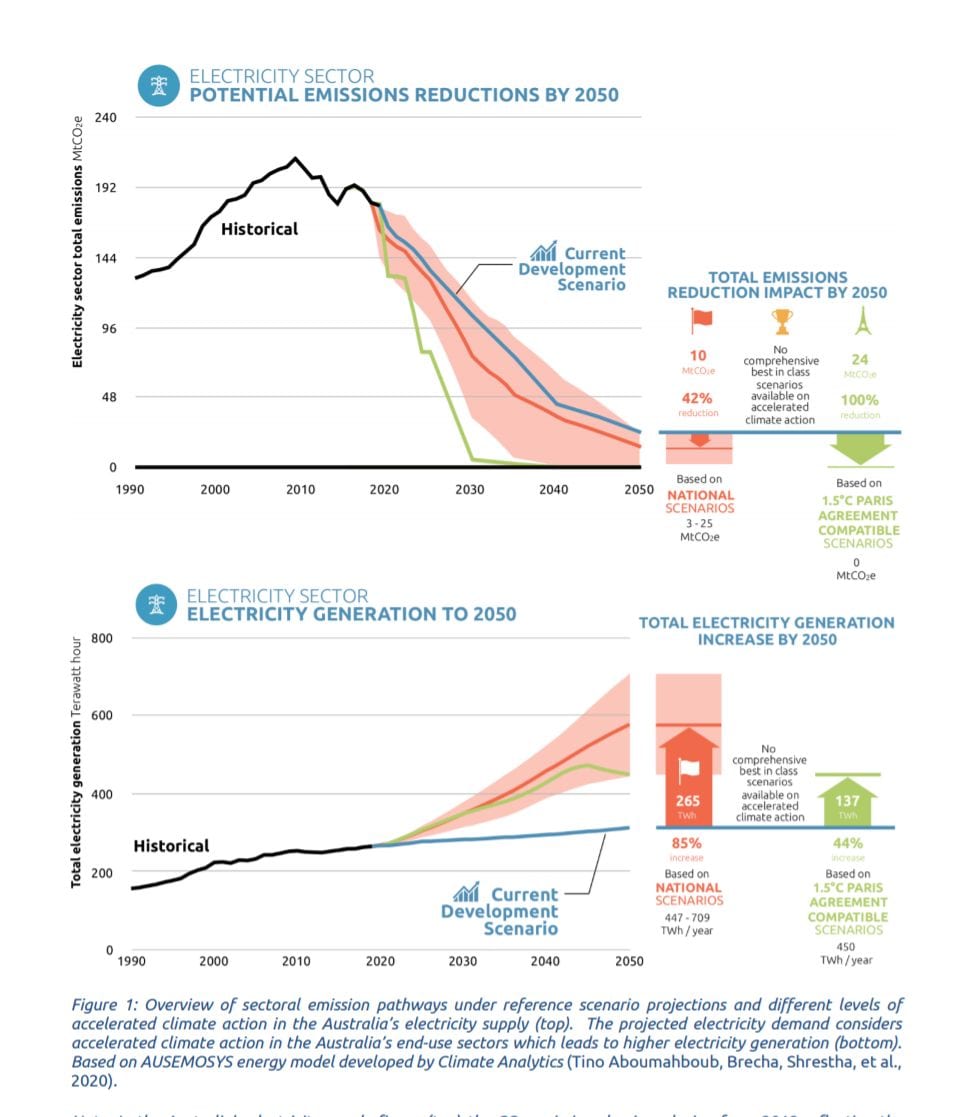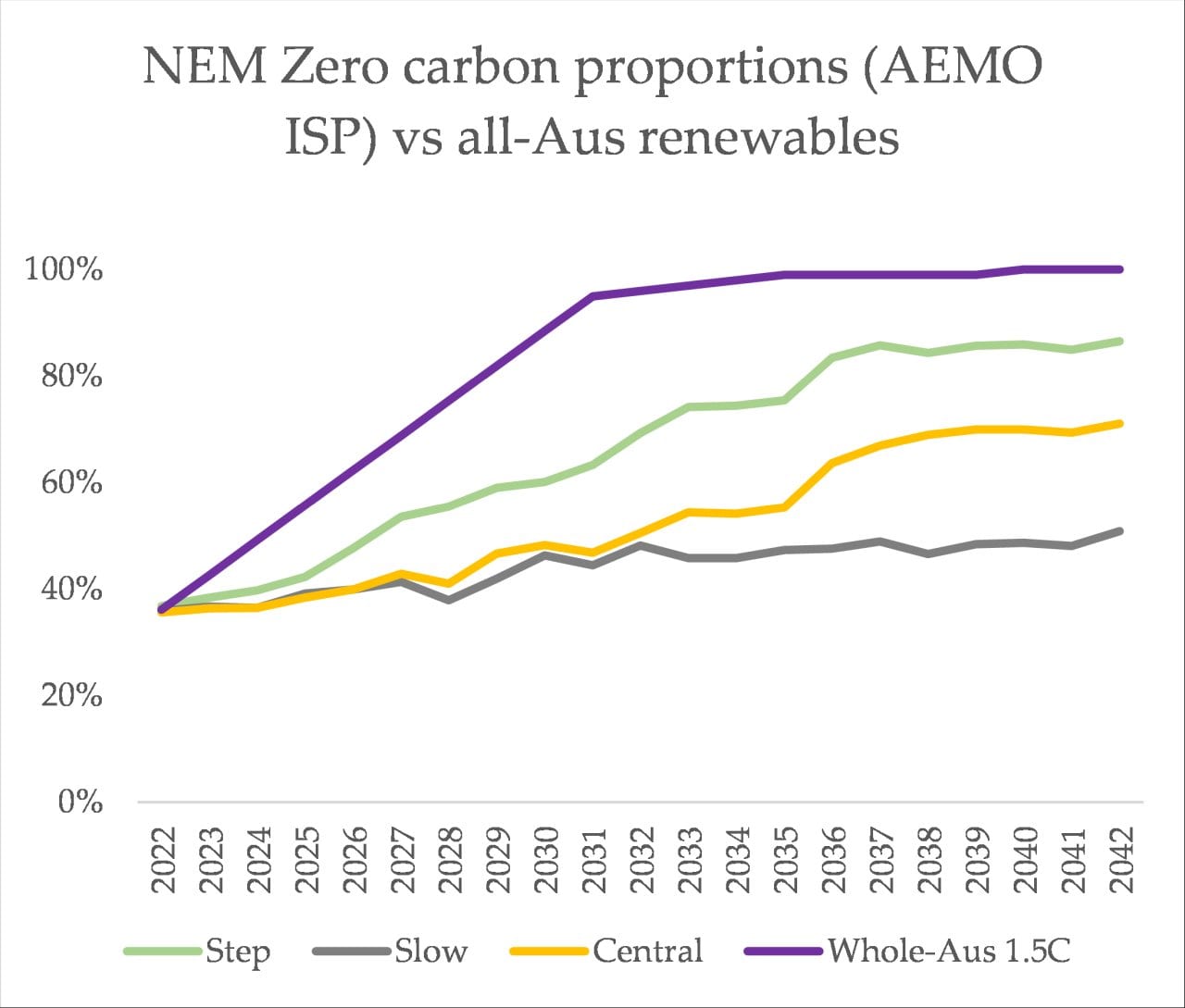There are some recent reports that Australia’s Energy and Emissions Reductions Minister Angus Taylor considering government support for a new gas-fired power station in New South Wales. It comes off the back of a long, unpleasant history around the imminent closure of the Liddell coal-fired power station.
First, the plan was to extend the life of that emissions intensive facility well past its closure date. Then, the strange idea of forcing its owners to sell it to another company that might keep it open. Finally, the government demanded that it be replaced by a gas-fired power station. This was, in their view, to “replace” 1 gigawatt of lost “capacity” from the grid.
Of course, the grid doesn’t work like that. The services performed by a massive coal-fired power station are easily replaced by zero-carbon alternatives, including well-planned wind, solar, battery storage, new transmission lines and demand response programs. The need for this new gas-fired power station was totally manufactured.
It is an important contrast to the conversations around ‘net zero by 2050’ that are beginning to increase in pace across the world, and thankfully, in Australia too. Long term targets are important, but it can’t be forgotten that once they exist, you can trace what needs to change back from 2050 to right now. At the moment, Australia’s Labor party is reportedly commencing on the project of determining this exact question.
How targets, roadmaps, models and preferences relate to the day-to-day decisions in Australia’s biggest source of emissions – the power sector – will be the best gauge of how sincerely those ambitions are held.
So what would a net zero pathway look like? One handy reference point is the 2020 report by Climate Analytics that models this and splits out Australia’s sectors. The power sector looks like this, on a trajectory to a national reduction of 66% by the year 2030, and net zero emissions by 2050:
They write that:
- “The electricity supply sector in Australia can be fully decarbonised, reaching 100% renewable energy by the mid to late 2030s given Australia’s prime renewable energy resources and technology developments for wind, solar, and storage already underway.
- Coal can be phased out of the power sector by 2030 using renewables and advanced storage without additional gas generation needs, consistent with what is needed globally to meet the Paris Agreement’s goals.
- Coal phase-out plans are needed that will enable a smooth and just transition.
- Gas can be phased out of power sector by the mid to late 2030s using renewables and advanced storage. This study confirms that there is no role for an increase in gas use for power generation in a Paris Agreement-compatible pathway”
Recall, for a moment, what happened when in 2019 when the Labor party proposed a target of 50% renewable energy – the sheer chaos, the sound and fury. Consider that against what Australia’s electricity grid needs to look like, in terms of the proportion of renewables, according to that report:
 Yes, you’re reading that right. To be compatible with a net zero by 2050 1.5C Paris target, Australia’s grid needs to be the prime mover. It needs to decarbonise ASAP, and it needs to expand to accommodate for electrified transport and homes. It has to be red hot nexus of massive national change, and it needs to start right now.
Yes, you’re reading that right. To be compatible with a net zero by 2050 1.5C Paris target, Australia’s grid needs to be the prime mover. It needs to decarbonise ASAP, and it needs to expand to accommodate for electrified transport and homes. It has to be red hot nexus of massive national change, and it needs to start right now.
Australia’s biggest grid, the National Electricity Market (NEM), was recently modelled for potential changes in the future by the Australian Energy Market Operator (AEMO), and even the most optimistic scenario in that report doesn’t come close what’s required by 2030:
The ‘Step’ scenario, once assumed to be the ambitious, wide-eyed scenario in their modelling, is actually turning out to be closer to to the ‘central‘ version of reality.
In some excellent news, AEMO are in fact looking to integrate a 1.5C compatible scenario in their next report. The 100% renewables proportion will begin to increase – making the grid the national powerhouse of energy exports and even wider decarbonisation in Australia’s economy. It is unusual to see talk of carbon budgets and climate policies in these types of models, but it is very welcome.
In a political context, the timing will be fascinating. The new AEMO 2021 ISP will be released around June-July this year; immediately after the April Earth Day summit led by the US. If Australia’s government announces a net zero by 2050 target, we will be able to turn immediately to their actions on the grid to test their sincerity.
Are policy-makers putting a moratorium on new gas-fired power stations? Are they working to enable the infrastructure required to rapidly change the grid? Are they incentivising new forms ownership and community support for renewable energy? Are they setting zero emissions targets for the grid by 2030-2035? Are they, in essence, acting like they mean it?
If the answer is no to any of these, we can draw a simple inference about any 2050 ambitions – they’re window dressing. Here’s one thing that’s very clear, for 2021: if we want to get an immediate insight into a political party’s ambitions on climate, we must first look to the grid.












